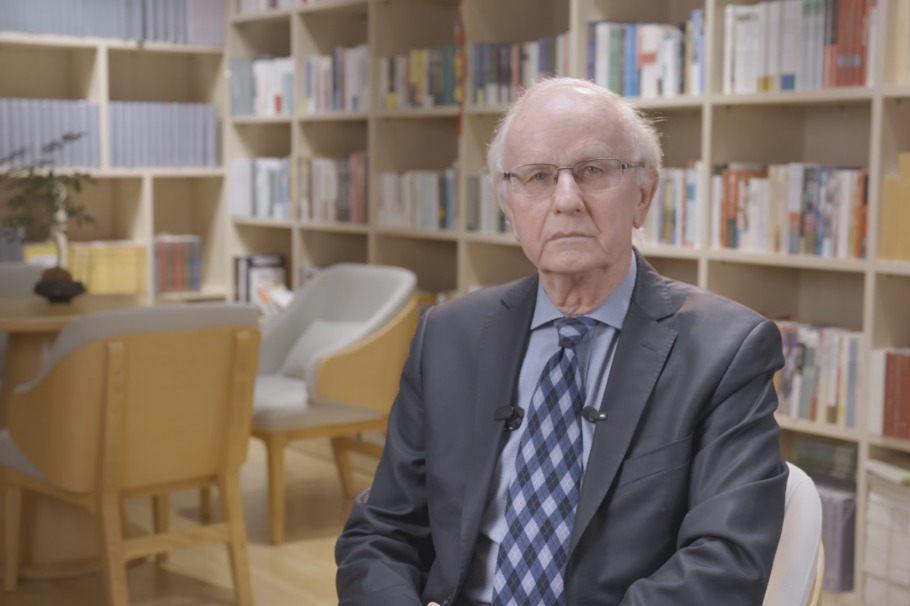Futuristic village heralds new life for rural residents


Pioneering history
An exhibition dedicated to Cailu's history shows that the village saw a severe exodus of farmers in the 1990s, when the coastal regions were urbanizing rapidly. By 1992, more than 85 percent of locals no longer tilled the land and one-third of the paddy fields were deserted. Uninterested in the razor-thin profits promised by traditional rice growing, the young and capable deserted the fields and landed better-paid jobs in cities.
To stabilize food production, Lu Kaiwen, Cailu's Party chief at the time, promoted a simplified approach to planting rice with great success. Rice seeds are usually nurtured in a nursery for more than four weeks before being transplanted to the fields. However, a local farmer accidentally discovered that the direct planting of sprouting seeds could yield almost the same amount of rice.
Lu quickly endorsed the approach and encouraged other farmers to follow suit.
The method greatly reduced the labor involved in rice cultivation, providing a boon to other rice-growing regions that were also troubled by the loss of farmers to the cities. It gained attention from higher authorities, and was promoted nationwide as the "Cailu Practice" in the 1990s.
"Now, the technologies are more powerful and machines have replaced people in rice production. Bumper harvests are inevitable," said Lu, 77, who retired from the post of Party chief a decade ago.
Xu said the success of the Cailu Practice and the early embrace of unmanned food production technologies have one thing in common: the pioneering spirit of the local people.
"When we see obstacles, we do not give up. Instead, we try to figure out a way," he said.
- History of traditional Chinese medicine on display at Shanghai museum
- Tianjin Hospital hosts Malaysian orthopedic experts to deepen China-ASEAN medical exchange
- How China aims to reach 80-year average life expectancy by 2030
- Home visits and WeChat platform aid Ningxia patients
- PBOC fast-tracks Hong Kong fire donations
- Hong Kong mourns victims of devastating Tai Po fire




































